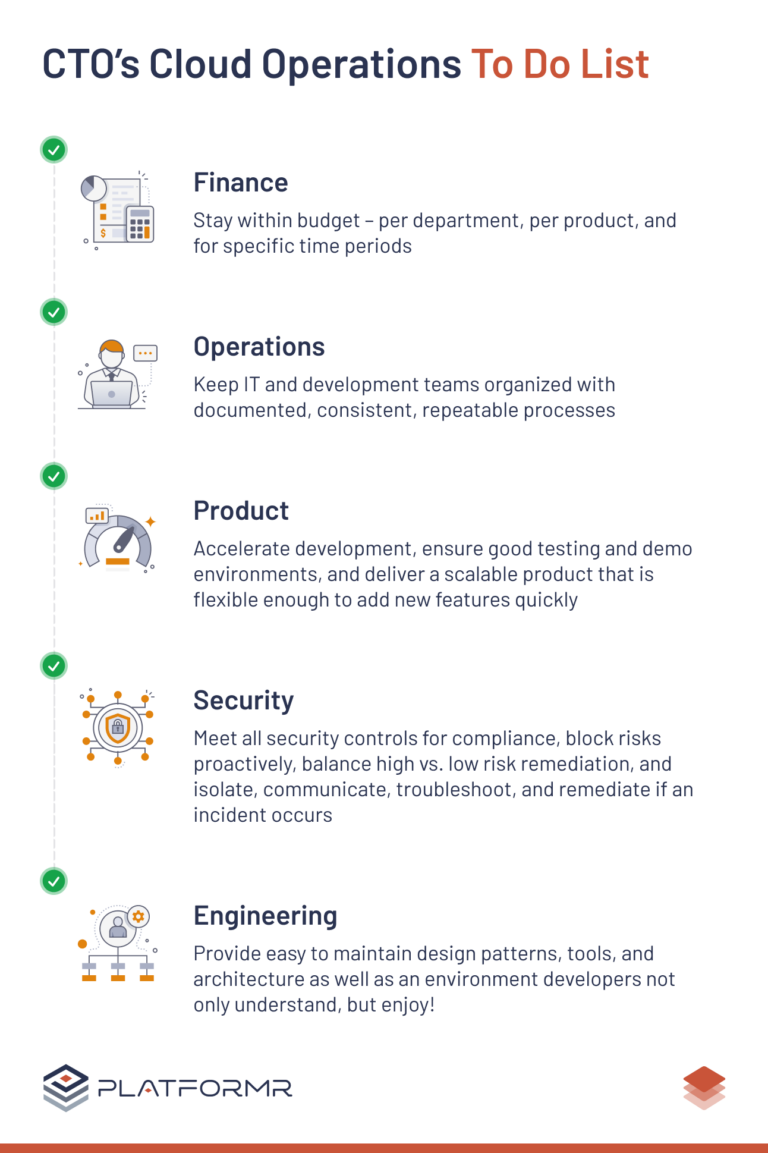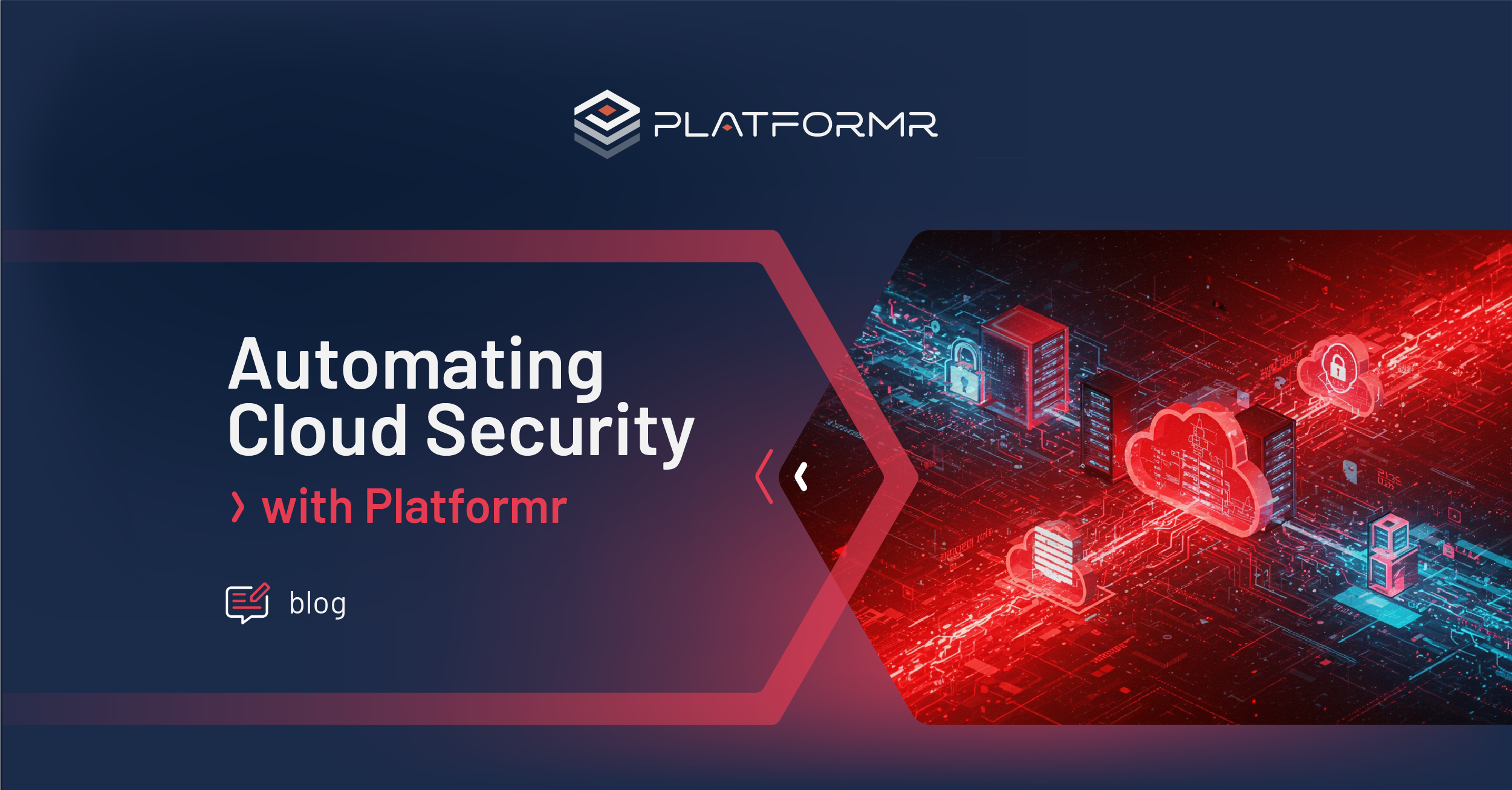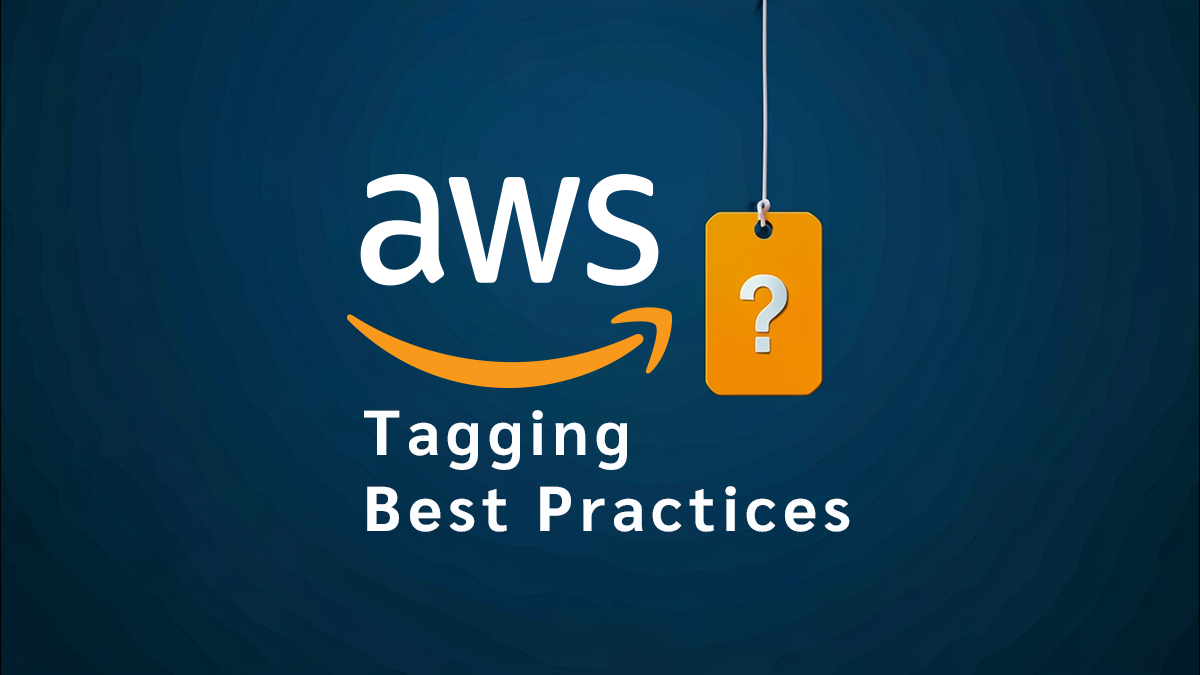Your CTO's New Year's Resolution:
Find a CloudOps Tool That Works
Over my career, I’ve been a CTO for a lot of companies and a fractional one for dozens of clients. However, my primary responsibility was always the same—translating business requirements into a holistic, secure, budget-friendly, efficient technical solution that supported the entire company.
That may sound straightforward, but it’s actually really complex when those requirements come from every department in your organization, each with their own priorities and level of urgency.
Follow Us

In reality, it’s rare for CTOs to have deep expertise across all of these domains. Some might be really good at coding practices, some are skilled at security best practices, and others are excellent at building a thriving engineering culture.
All that specialized expertise is highly valuable, but you also have to know how to budget the technology stack appropriately and make sure it’s secure, meeting backup requirements, and efficient for developers, security, and operations. Finally, you need visibility across the entire company to manage the big picture effectively.
The (Not So) Good Old Days
Until a few years ago, you couldn’t buy a solution that addressed all of these requirements and also gave you top down oversight. Instead, it had to be custom-built by your employees, by contractors, or cobbled together with tools that only solved your smallest problems.
Cloud platforms like Amazon Web Services (AWS) tried to make this process easier by developing basic services for storage (S3) and compute capacity (EC2), and rapidly expanded to more advanced technologies. Adopting the growing portfolio of AWS services meant increased efficiencies, better performance, and lower costs, but it also meant hiring, training, and maintaining your own AWS expertise to utilize them.
As a business, having to make this investment increased overhead and shifted resources away from core deliverables. Your developers had to spend more time building and maintaining infrastructure than innovating new products and features. Even more challenging, there wasn’t any prescriptive guidance for how all the AWS services should tie together. This kept most of us up at night worrying about unknowns lurking in the infrastructure.
“Adopting the growing portfolio of AWS services meant increased efficiencies, better performance, and lower costs, but it also meant hiring, training, and maintaining AWS expertise to utilize them.”
The Well-Architected Review: A Day 2 Tool for Workload Remediation
When AWS introduced the Well-Architected Framework in 2015, it alleviated this fear by describing key concepts, design principles, and architectural best practices for designing and running workloads in the AWS Cloud.
With a Well-Architected Review (WAFR), you could quickly evaluate whether your architecture aligned with the 6 pillars for AWS Cloud best practices and identify what needed to be improved. This gave you clarity—but also added more issues to your To Do list. And, there was inherent risk and significant cost to remediate them.
For CTOs, the Well-Architected Framework also had limitations. First, you could use it to evaluate a specific workload, but it didn’t provide a company-wide framework for best practices or tools. Second, a WAFR only looks backwards at what you’ve built. This makes it a useful Day 2 tool for remediation when there are problems, but it isn’t a tool for proactive planning.
After conducting hundreds of these reviews, my conclusion is that a CloudOps strategy that prevents infrastructure issues on Day 1 is far better (and less expensive) than going back to fix problems on Day 2.
“A CloudOps strategy that prevents infrastructure issues from happening on Day 1 is far better (and less expensive) than going back to fix problems on Day 2.“
Expanding AWS Best Practices to the Organization
In the last few years, AWS has shifted its focus from services to helping companies transform their Cloud Operations. This is driving new AWS advancements and innovations as well as foundation and CloudOps best practices directed holistically to the organization.
Notably, AWS has expanded its Well-Architected best practices to include guidelines for organizational governance, compliance and auditing, financial management, monitoring and observability, and operations management. This prescriptive guidance finally gives leaders what they need to operate securely, efficiently, and at scale in the AWS Cloud.
Buy, Don't Build: Outsourcing AWS CloudOps Expertise
With best practices well-documented for both workloads and the organization, the next challenge is figuring out how to implement them. Today, most companies are faced with two options: 1) Bring in ProServe consultants at $40-$500k+ or 2) Hire a DevOps expert for $165k+. Even if you decide to invest in one of these options, it will still take anywhere from 3-9 months to achieve your goal.
This is what inspired us to build Platformr.
Platformr is the CloudOps tool I wish I had as a CTO years ago. It automates AWS expertise and implements best practices instantly, eliminating the constant worry and heavy lifting of building and maintaining your AWS cloud infrastructure—while giving you the flexibility to innovate and scale as your business grows.
For a fraction of the cost to outsource or build it yourself, Platformr centralizes organizational governance, sets up secure, reliable AWS environments, standardizes processes for building and deploying scalable workloads, and provides top down observability and monitoring across your entire organization.
No more guesswork, and no more sleepless nights. Now those are New Year’s resolutions I can keep.
Ryan Comingdeer, Platformr







